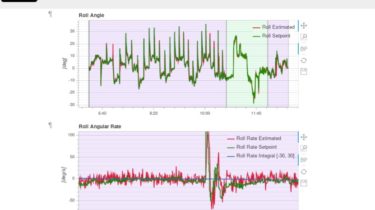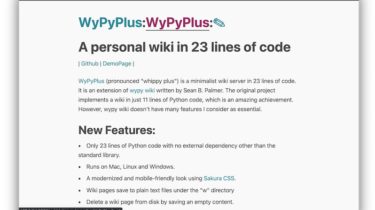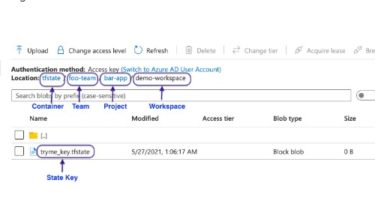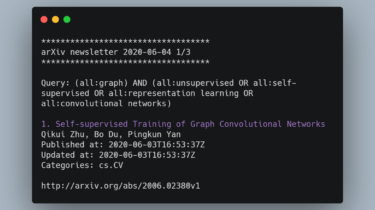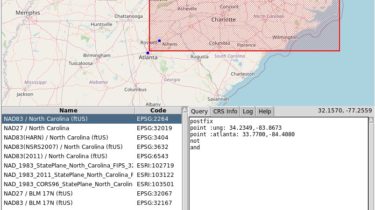A Python script that creates subtitles of a given length from text paragraphs
Text to Subtitles – Python A Python script that creates subtitles of a given length from text paragraphs that can be easily imported into any Video Editing software such as FinalCut Pro for further adjustments. 2. Description 2.1 Problem In a fast-paced TV, Film, and Video production environment Video Editors are often faced with the task to create subtitles quickly and efficiently. They will often have a script that they manually into Video Editing software, one subtitle at a time, […]
Read more
